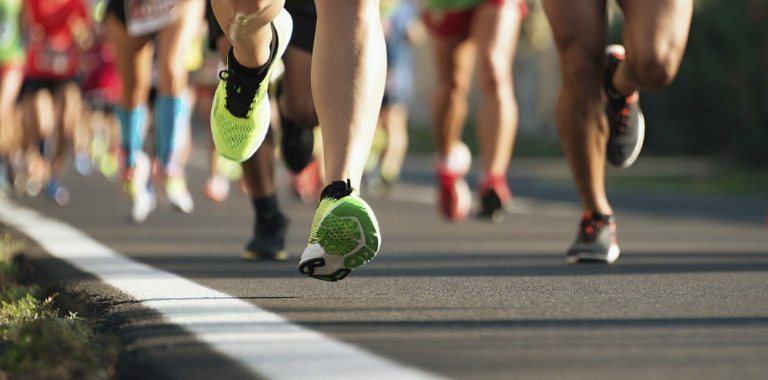Inappropriate diet
The human body, like a “machine”, needs to be loaded with the appropriate “fuel” to maximize its performance. Accordingly, a balanced, healthy diet will focus on fresh fruits and vegetables, whole grains, lean protein and healthy fats.
According to experts, during the first 45 minutes to an hour after the run, muscles in a unique biochemical state allow nutrient absorption faster and more efficiently. Also, if traveling long distances, consider bringing a hand bottle or hydration pack.
Not sticking to the exercise plan
Coach Carl Ewald, race director for ODDyssey Half Marathon, trained an athlete who refused to stick to the training plan. Instead, he runs for seven days a week and sometimes doubles the mileage of the plan.
Sticking to the training plan and listening to your body are essential. If you notice signs of overexertion (decreased performance, excessive fatigue, agitation, sadness, insomnia and loss of appetite), take time to rest or recover positively.
Only run on sidewalks
Sidewalks are a fairly common path, but experts say that concrete pavements are the most traumatic run. If possible, the runner should opt for additional sections with soft surfaces or trails. Running track is the best way of combining alternating training, fartlek running, strength training and reflexes in front of obstacles.
Improper grounding
Each runners have different gait, stride and landing. If you frequently land on the feet or toes, that pattern is called landing in front of the foot. You may also land on your heels or the center of your foot.

There is no exact answer to which method is the best. If the current grounding pattern is fine for you, there is no reason to change. However, if you have problems such as lower leg pain, you should consider changing the way you land. Advice is to practice running on a carpet, lawn, or soft ground without shoes for a short time so that the body knows how to land naturally.
Setting unrealistic goals
People often set unrealistic goals when they start running. Before setting a goal to complete a similar race or fitness event, start walking or running to see what you’re at. You can then set goals based on your current level of exercise. Runner should not overwork but listen to his body.